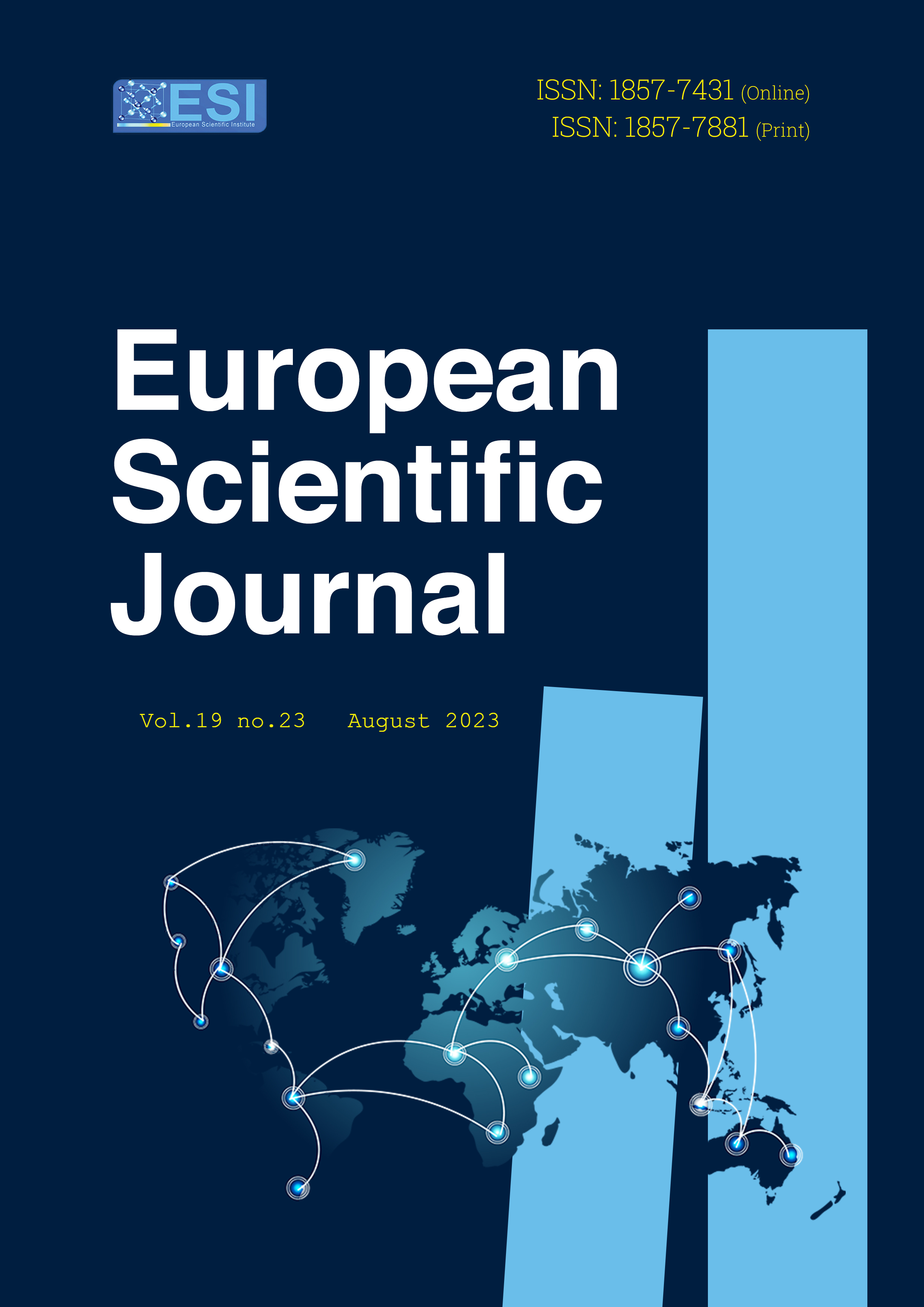The Evolution of European Fairy Tales: A Comparative Analysis of the Grimm Brothers and Hans Christian Andersen
Abstract
This paper focuses on the contrasting characteristics of fairy tales authored by the Grimm Brothers and Hans Christian Andersen, examining the variations in themes, characters, and narrative structures. The Grimm Brothers primarily dedicated themselves to collecting and preserving traditional tales, placing great importance on authenticity and cultural heritage. In contrast, Andersen ventured into creating original stories that delved into introspection and offered social commentary. The storytelling approaches and motivations of the Grimm Brothers and Andersen diverged, yet both left indelible marks on the fairy tale genre. Through a comparative analysis of specific tales like Cinderella, The Little Mermaid, and Snow White, it becomes evident that cultural and contextual influences played a significant role in shaping these stories. The tales crafted by the Grimm Brothers often revolved around the transformative power of goodness and resilience. Their narratives emphasized the triumph of virtue and the ability of individuals to overcome adversity. These tales resonated deeply with audiences, as they drew upon traditional folklore and conveyed important moral lessons. Andersen, on the other hand, explored character development and focused on the transformative power of love. His stories often featured protagonists who underwent profound personal growth and transformation, driven by their encounters with love, friendship, and self-discovery. Andersen's works possessed a reflective and introspective quality that invited readers to ponder deeper meanings and societal implications. The Grimm Brothers' efforts to preserve traditional tales ensured the preservation of cultural heritage, while Andersen's original stories brought a fresh perspective and social commentary to the genre.
Downloads
Metrics
PlumX Statistics
References
2. Derex, M., & Mesoudi, A. (2020). Cumulative cultural evolution within evolving population structures. Trends in Cognitive Sciences, 24(8), 654-667.
3. Doughty, A. A. (2006). Folktales retold: A critical overview of stories updated for children.
4. González, R. C. L. (2019). Rodents in Children’s Literature and Audiovisual Fairy Tales: a Book-to-Film Adaptation Approach. Contemporary Fairy-Tale Magic, 240-249.
5. Legare, C. H., Evans, E. M., Rosengren, K. S., & Harris, P. L. (2012). The coexistence of natural and supernatural explanations across cultures and development. Child development, 83(3), 779-793.
6. Ochiagha, T. (2008). Fantasy Literature and the Misanthrope: A Review Article of New Work by Cottom and Zipes. CLCWeb: Comparative Literature and Culture, 10(4), 10.
7. Rajmoolie, V. N. (2011). Once Upon a Fairy Tale: An Overview of Traditional & Alternative Fairy Tales.
8. Sherwood, G. (2022). A review of undergraduates’ stories about their learning experiences analysed using the lens of fairy tales. Research in Education, 114(1), 3-19.
Copyright (c) 2023 Mohammad Abdulhadi O. Althobaiti

This work is licensed under a Creative Commons Attribution 4.0 International License.








